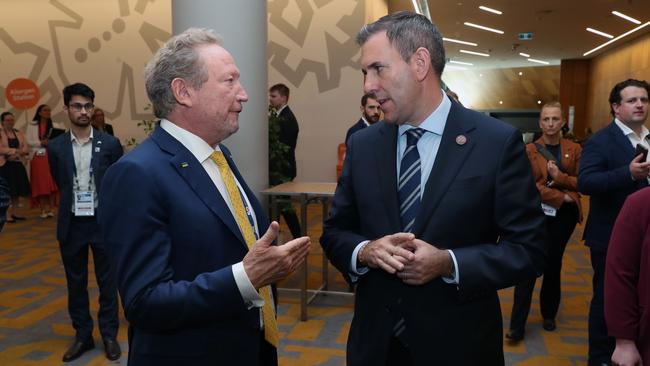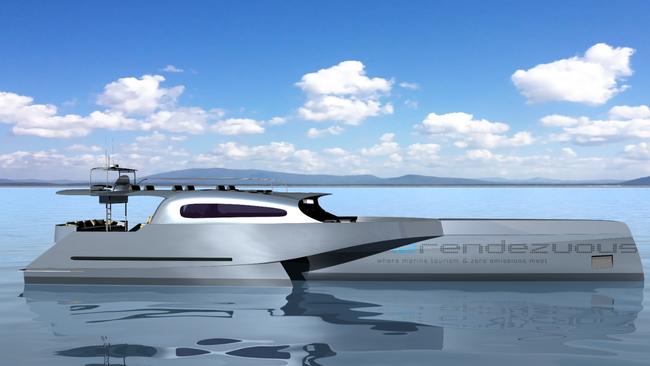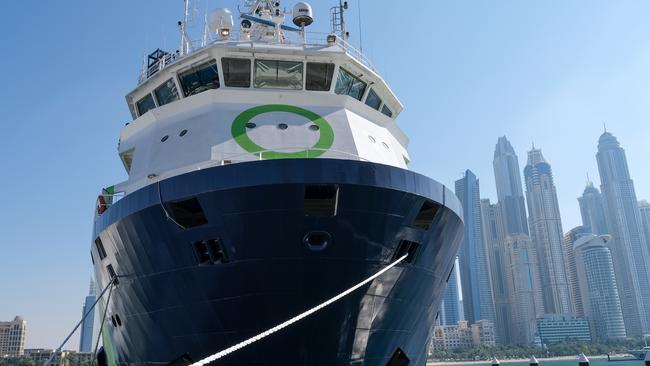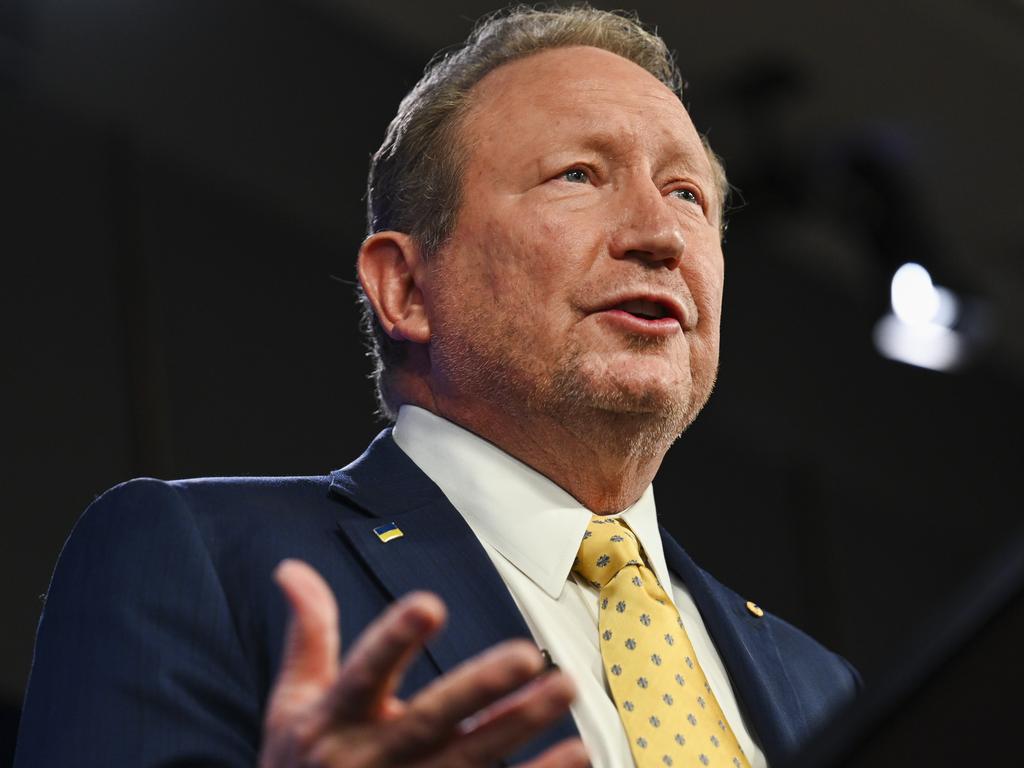A criteria for hydrogen investment is essential or the funding might be wasted, experts believe
The government has offered billions of dollars to develop a domestic hydrogen industry, but experts say those reaping the rewards must be self sustainable within a decade.
The federal government must develop a clear criteria to pick hydrogen projects for subsidies so that they can quickly become self-sufficient and competitive or risk wasting billions of dollars of funds, economists and experts say.
The federal government on Tuesday announced plans to provide $13.7bn in tax credits for the production of green hydrogen and critical minerals processing, Australia’s answer to the US signature transition policy known as the Inflation Reduction Act.
While the scheme faces some political opposition, Australia’s nascent hydrogen industry has seized on the announcement.
But experts say the government must design a mechanism to pick winners capable of being sustainable after the 10-year funding ends.
The Hydrogen Production Tax Incentive will provide a $2 incentive per kilogram of renewable hydrogen produced for up to 10 years per project between 2027-28, and 2039-40 for projects which reach final investment decisions by 2030.
Grattan Institute energy program director Tony Wood said Australia potentially could compete with other viable green hydrogen producers but the mechanism for choosing projects would be critical.
“You have to know that when you train your children how to walk that they don’t need your help forever. When you let go, they have to be able to keep walking,” Mr Wood said.
“There is very little detail about how they are going to choose projects, and this is the big question … funding must be allocated to projects that will be competitive globally.”
To prepare projects to become eligible for the tax credits, Labor has extended its so-called hydrogen headstart program. A total of six projects, including developments from Origin Energy and BP, were in December 2023 short-listed for $2bn of funding,
These projects are expected to be joined by heavyweight proponents, Macquarie said.

“It is positive for companies with green hydrogen ambitions in Australia such as Fortescue Metals Group, Origin Energy and Orica,” Macquarie said in a note sent to clients.
Billionaire and lead hydrogen proponent Andrew Forrest has proposed a 550MW electrolyser facility at Gibson Island near Brisbane – which would be the biggest in Australia – to supply green hydrogen and green ammonia. However, Mr Forrest delayed the final investment decision on the project earlier this year, underscoring the challenges of developing a hydrogen market.
Mr Forrest, however, said the Australian policy was a pivotal moment in the trajectory of the industry.
“Through the $2 per kilo tax credit for green hydrogen production, the government has seized this opportunity for the Australian people,” he said.
“It will also lower the cost of energy for every single Australian by making green hydrogen competitive with fossil fuels, spurring massive renewable energy projects in sparsely populated regions where employment is needed most.”

Hydrogen, which can be produced by passing electricity through water to split it into its core elements, is prohibitively expensive and end users are hesitant to sign long-term contracts while traditional fuels such as gas are cheaper.
A subsidy of $2/kg would aid efforts to make hydrogen at a competitive price, but Australia would need to rapidly deploy a substantial increase in renewable energy to make the fuel source materially cheaper.
To accelerate the expansion of renewable energy, the federal government has said taxpayers would underwrite a significant number of new projects. Under the so-called capacity investment scheme, if the wholesale electricity price falls below an agreed threshold, taxpayers would compensate the renewable energy project.
If the wholesale electricity price exceeds a metric, developers pay the government under a system which removes revenue risk from developers and accelerates much-needed investment.

The scheme is expected to result in a dramatic increase in renewable energy generation capacity, prompting some experts such as Saul Griffith – a prominent player in the establishment of the US Inflation Reduction Act – to question the wisdom of producing hydrogen, insisting Australia would be better served by simply electrifying everything instead.
But Australian Hydrogen Council head Fiona Simon said the creation of hydrogen would help Australia to reduce carbon dioxide emissions.
“Hydrogen delivers comparative advantage to Australia not only as a molecule but as the critical pathway to decarbonise hard-to-abate sectors, and establish new high-value exports in green steel, green iron and green ammonia,” Dr Simon said.
“This budget reflects that production, technology and jobs are all essential parts of ensuring a future made in Australia for hydrogen.”








To join the conversation, please log in. Don't have an account? Register
Join the conversation, you are commenting as Logout